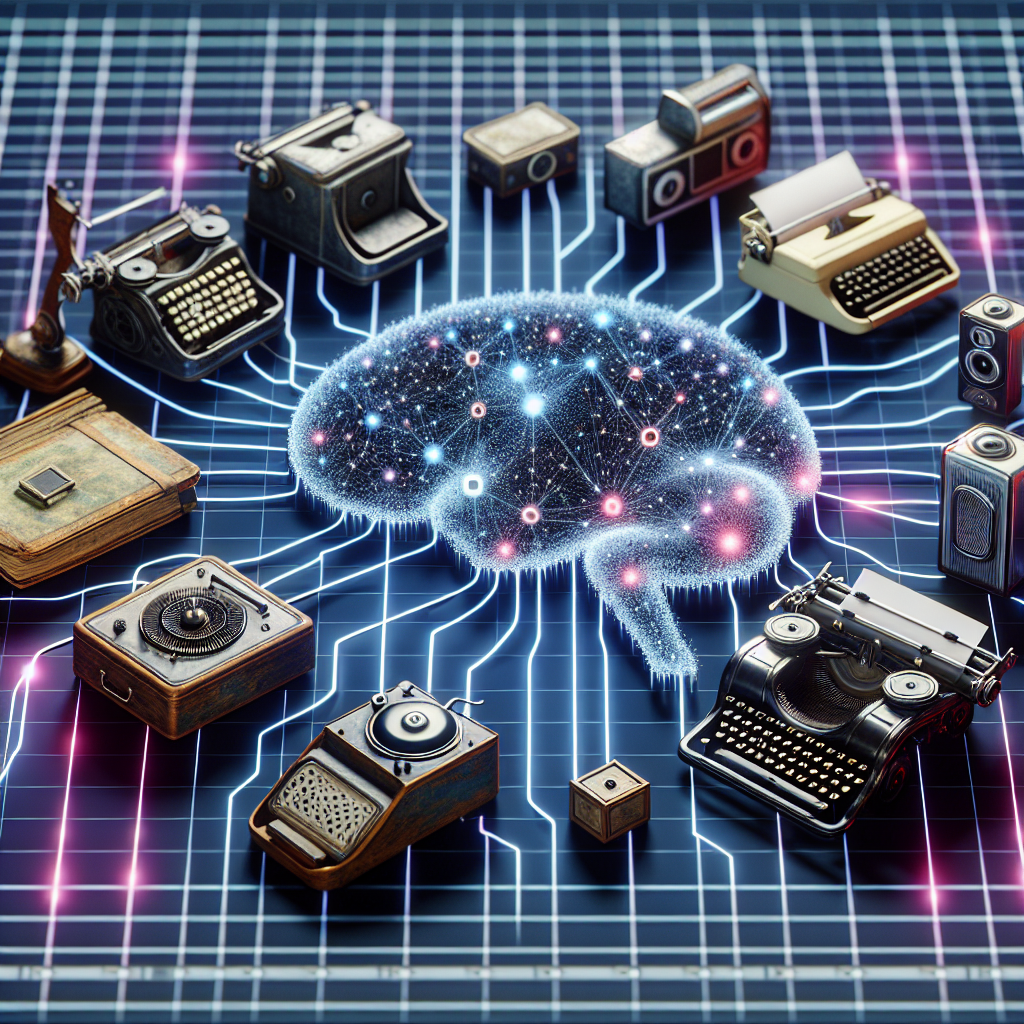
Generative AI continues to advance across various domains, and a recently unveiled method by researchers at MIT and the MIT-IBM Watson AI Lab is pushing boundaries in how these systems recognize personalized objects. Imagine a scenario where a pet owner takes their French Bulldog, Bowser, to a busy dog park. It’s straightforward for the owner to keep track of Bowser amongst the other dogs. However, traditional generative AI models, including the renowned GPT-5, struggle with this seemingly simple task when tasked to do so while the owner is at work.
This limitation arises because vision-language models like GPT-5 are designed with a strong foundation in recognizing general objects. Yet, they find it challenging to localize personalized objects, such as Bowser the French Bulldog, especially in cluttered environments filled with similar-looking entities. In a bid to enhance the performance of these AI systems, the research team developed an innovative training technique that significantly improves the ability of vision-language models to pinpoint personalized items in a scene.
The core idea behind this new method involves using meticulously prepared video-tracking data where a specific object is tracked across multiple frames. By designing these datasets to encourage models to focus on contextual clues instead of relying solely on previously memorized information, the researchers aimed to enrich the model’s understanding of object localization. For instance, when fed with several images of Bowser, the retrained model would not only recognize Bowser but would adeptly locate him in a fresh image it hadn’t seen before.
Impressively, models trained with this novel approach have outperformed state-of-the-art systems in this specific task of object localization. One of the standout features of this new training method is that it preserves the general abilities of the model, enabling it to retain its proficiency across various domains while enhancing its competence in identifying personalized objects.
This breakthrough has significant implications for the future of AI applications. It could lead to the development of advanced technologies that track specific items over time, from children’s backpacks to endangered species in ecological studies. Furthermore, this method shows great promise for enhancing AI-driven assistive technologies geared toward supporting visually impaired users in locating items within their environment.
“Ultimately, we want these models to learn from context just as humans do. If a model can perform this well, rather than requiring extensive retraining for each new task, we could simply present a few examples, and it would infer how to complete the task from that context. This represents a powerful capability,” explains Jehanzeb Mirza, an MIT postdoc and one of the lead authors of the research paper.
Mirza collaborated on this research with co-leads Sivan Doveh, a graduate student from the Weizmann Institute of Science, and Nimrod Shabtay, a researcher at IBM Research. Other contributors included prominent figures such as James Glass, head of the Spoken Language Systems Group at MIT CSAIL. Their findings are poised to be presented at the esteemed International Conference on Computer Vision, highlighting their significance in advanced AI discussions.
Interestingly, while large language models (LLMs) have demonstrated remarkable capabilities in learning from context—where presenting a few examples allows them to generalize and solve new problems—vision-language models (VLMs) had not shown this capability to the same degree. The MIT researchers initially presumed that a VLM would inherit the context-learning abilities of LLMs due to their structural similarities. However, the reality proved otherwise, pointing to an unexpected shortcoming. The research community is urged to recognize that while VLMs are connected visual and verbal data, they may require different training paradigms to achieve similar learning efficiencies seen in their language model counterparts.

Leave a Reply